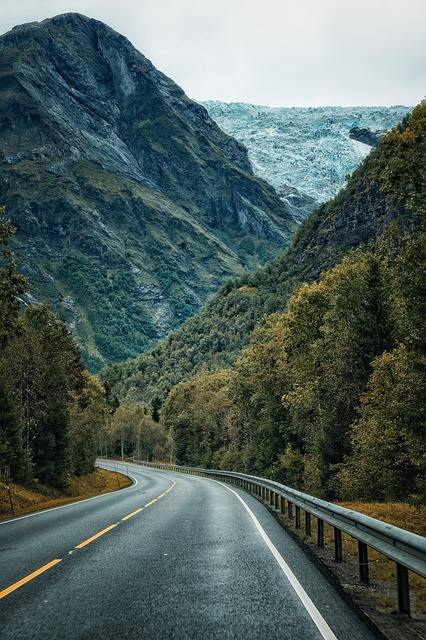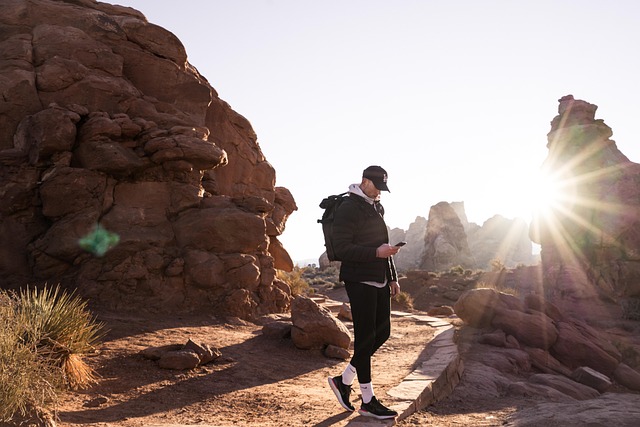Are You Covered? A Backpacker’s Guide to Personal Liability Abroad
If you’re a U.S. backpacker planning to travel abroad, you might be focused on budgeting, finding cheap flights, or plotting your hostel route. But there’s one thing most people overlook until it’s too late—personal liability travel insurance. While medical coverage gets all the attention, liability coverage can save you from life-changing financial trouble if you accidentally injure someone or damage property overseas.
In this guide, we’ll break down what personal liability travel insurance for backpackers covers, why it matters, and real stories of how it has helped U.S. travelers.
What Is Personal Liability Travel Insurance?
In simple terms, personal liability coverage protects you if you are legally responsible for harming someone or damaging property abroad.
For example:
- You’re hiking in Switzerland and accidentally bump into another hiker, causing them to fall and break an ankle.
- While staying at a hostel in Thailand, you knock over a candle and cause smoke damage in the common room.
- You’re cycling in Vietnam, lose control, and scratch a parked car.
Without liability coverage, you could be held personally responsible for medical bills, repair costs, or even legal fees. These can run into tens of thousands of dollars abroad.
Why Backpackers in Particular Need Liability Insurance
Backpackers often:
- Stay in shared spaces (hostels, guesthouses, couchsurfing).
- Engage in adventurous activities (trekking, cycling, scooter rentals).
- Travel for longer periods, increasing exposure to risks.
According to a 2023 U.S. Travel Insurance Association survey, more than 1 in 5 claims made abroad were liability-related—not medical. Yet, liability is often the least understood and least discussed aspect of travel insurance.
What Does It Typically Cover?
A personal liability travel insurance policy for backpackers usually includes:
✅ Bodily Injury: If you cause injury to another person.
✅ Property Damage: If you damage someone else’s belongings.
✅ Legal Costs: If you are sued abroad.
What it usually does NOT cover:
❌ Intentional damage or illegal activities.
❌ Injuries to yourself (covered separately under medical insurance).
❌ High-risk activities unless added as an adventure sports rider.
Real Example: An American Backpacker in Spain
In 2022, a 24-year-old backpacker from California was cycling through Barcelona when he accidentally collided with a pedestrian. The pedestrian required hospital care, and the traveler was held liable for €7,500 (about $8,200 USD) in medical and legal expenses.
Luckily, his personal liability travel insurance covered the costs. Without it, he admitted he would have had to ask family for help or go into debt.
This is a prime example of how an accident you never imagined could derail your entire trip.
Expert Commentary
“Backpackers often underestimate the financial risks they take abroad,” says Michael Chen, a New York-based travel insurance advisor with over 15 years in the industry. “Medical insurance is crucial, but liability coverage can prevent a small mistake from becoming a lifelong debt.”
He adds that many U.S. credit cards provide some travel protections but rarely include liability coverage, so relying on them is risky.
How Much Does It Cost?
Good news—personal liability coverage is typically bundled into standard backpacker travel insurance policies. On average, U.S. travelers pay around $40–$60 per month for comprehensive backpacker insurance. Personal liability limits usually range from $100,000 to $1 million.
Some providers even allow you to add extra coverage for activities like motorbike riding or skiing, which are common for backpackers.
Quick Case Study: Liability vs. No Liability
- With Insurance: Emily, a 26-year-old from Boston, broke a window in her hostel in Berlin. The damage cost $600, which her liability insurance paid in full.
- Without Insurance: Jake, 29, from Texas, damaged a rented scooter in Bali. He had no liability coverage and had to pay $1,200 out of pocket before being allowed to leave the country.
The difference? Just a few dollars a week in insurance premiums.
Tips for Choosing the Right Policy
When comparing personal liability travel insurance backpacker policies, look for:
- Coverage Limit: At least $100,000 liability coverage.
- Adventure Add-ons: If you plan to hike, dive, or rent scooters.
- Worldwide Protection: Make sure it covers multiple countries.
- Legal Support: Check if legal expenses are included.
Top U.S.-based providers like World Nomads, SafetyWing, and Allianz often include liability coverage in their backpacker plans.
Visual Snapshot: What’s at Stake
Imagine the cost difference in three common scenarios:
- Accidentally injure someone while trekking in Nepal → $5,000–$20,000 in medical bills.
- Damage a scooter in Thailand → $800–$1,500 in repair costs.
- Hostel fire damage from a candle → $10,000+ in property repairs.
A $50 monthly policy could cover it all.
Final Thoughts
For backpackers, personal liability travel insurance isn’t optional—it’s essential. Whether you’re crashing in a hostel bunk bed, renting a scooter, or hiking in the Alps, accidents happen. The difference between financial ruin and peace of mind is just a small insurance premium.
Before you pack your bag and hit the road, make sure your travel insurance policy includes personal liability coverage. It’s the safety net every backpacker from the U.S. should have.
✅ Key Takeaway: If you’re a U.S. backpacker, don’t just buy medical travel insurance—make sure your plan includes personal liability travel insurance backpacker coverage. It could save you thousands and protect your freedom abroad.







Post Comment